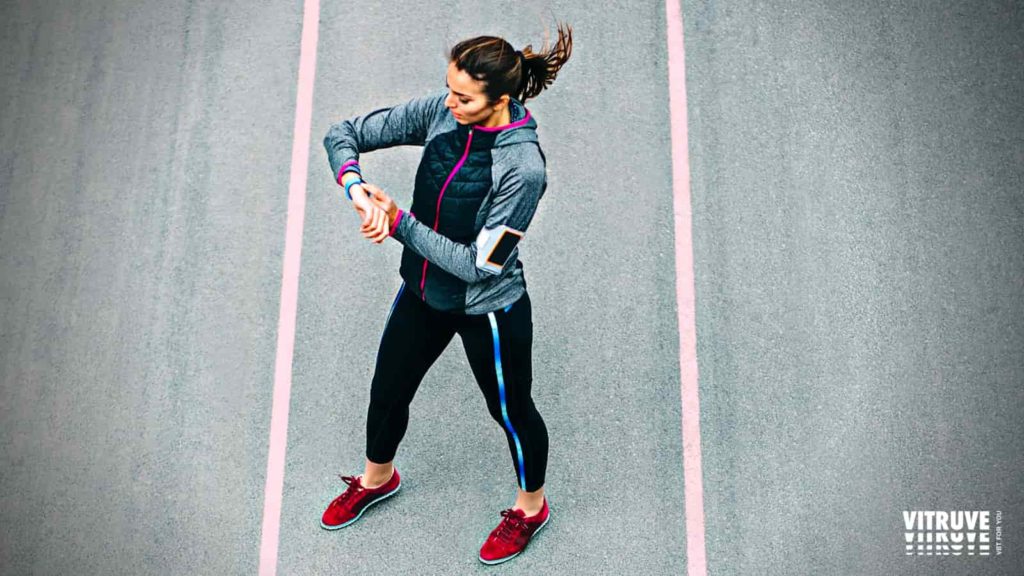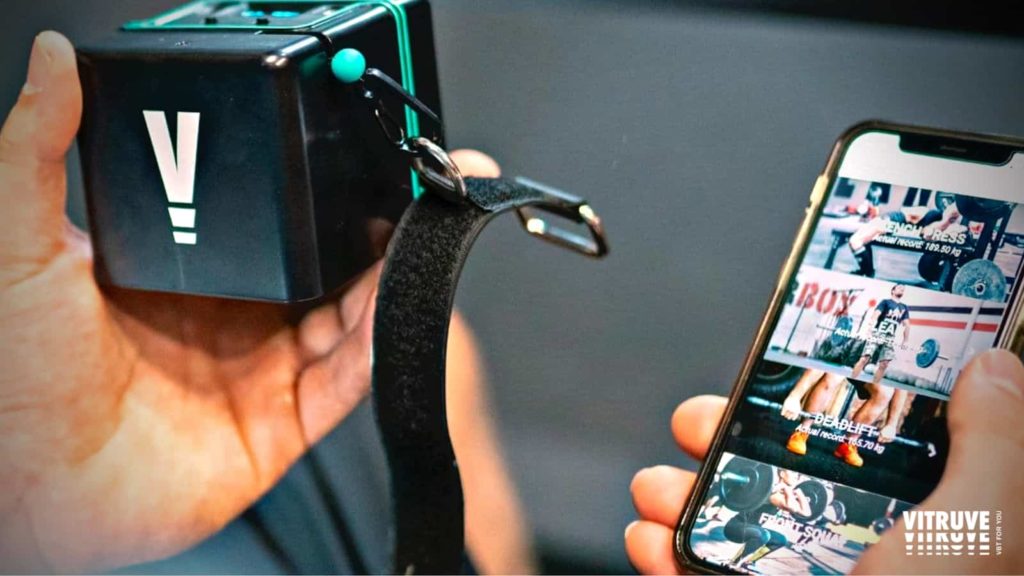7 de January de 2024
All You Need To Know Before Using Your Athlete Tracking Device
We all are aware of wearable sensors and how they help with athlete tracking. With a lot of companies and systems jumping into this bandwagon, the system involved in tracking and managing the external training load is only going to get better. That also means more business for brands producing equipment and software to help coaches analyze their athletes’ performance with more accuracy.
Instead of just mentioning some popular systems and equipment, we are going to shed some light on the evolution of these systems to help you get a better understanding of using data to make appropriate purchases.
What Are Player Tracking And Player Loading?
Both player tracking and player loading seem pretty much the same as both these approaches involve using wearables. The problem with the wearable market is that it has a stigma. For this reason, even people in sports technology use the term “GPS” for athlete tracking. However, using the correct terminology is vital.
As for the tracking and loading, both these are different during sports measurements. It would be better to refer to the square and rectangle analogy here. A square falls into the category of a rectangle, but a rectangle is not always a square.
Similarly, player tracking involves observing the location and indices of the player’s actions. On the other, loading involves estimating demand on the player’s body.

How Do Wearables Work?
The term “wearable” is linked to a lot of items that you wear during sports. It can be a T-shirt or your boots. Many people equate wearables with GPS devices mainly used during rugby and soccer when it comes to sports technology. However, the sports industry has moved beyond using torso sensors as tech wearables.
Still, you may get the impression that sports technology hasn’t evolved much as it should have been. The primary reason for this pitfall is primarily due to a widened gap between practical sports science and team coaches. One of the reasons coaches haven’t been using technology to measure athletes’ performance is that systems developed for this purpose were pretty expensive back in the day. But now, the modern-day systems are more compact and inexpensive.
With system costs under control, it is vital to see how coaches can bring wearable technology into sports analytics to enhance their athletes’ performances.
Types of Sensors Used In Wearables
A wearable device is usually equipped with four sensors, and the system is placed on the upper back area. The primary sensors that provide information are usually GPS and accelerometer. The other two sensors that assist sensors in collecting and providing data are gyros and magnetometers. While the indoor games won’t use GPS, they could benefit from other sensors. Here is a brief overview of all these sensors.
Accelerometer
This sensor is most common due to its lower price and better overall reliability. These sensors provide data by measuring variations in the rate of perceived force. This sensor detects the change in acceleration in the device.
Gyros
These are the sensors responsible for providing orientation for wearable devices. Gyros mainly use the earth’s gravity to determine the direction of the movement noted by the accelerometer. Without gyros, you will get a lot of raw data from the accelerometer. This data will not have sophisticated details that a coach may require to have deeper insight.
Magnetometer
This feature enhances the data resonance by providing information about the direction of the data, pretty much like a gyro. This sensor uses the earth’s magnetic field to establish a reference point of the data. However, this sensor is not as essential as an accelerometer and a gyro.
GPS Module
Although you can choose from many other satellite positioning networks, if you want to gather distance measures without breaking your bank, you should consider GPS. With these sensors getting close to the 1-meter standard, it is now possible for athletes and coaches to get a clearer picture of work rates and velocities. However, GPS modules are not an ideal option for sports that involve speed curves or indoor games. Such sports will benefit more from local networks made to replace GPS.
Having said all that, it’s not the sensors determining the cost of the product. What makes these products expensive are the calculations and algorithms. An algorithm is a demonstration of mathematics to get an estimate. In other words, it uses a set of codes that enables your device to do some guesswork. And no algorithm means perfect calculations because the device will have to show the actual measurement instead of guessing the athlete’s moves through formulas.

Things to Look for in Hardware and Software
When it comes to finding the right hardware, the foremost thing you will need to look at is the GPS module. Because these devices have to display the true velocity, you have to make sure that the one you have comes with a faster sampling frequency.
Right now, the tracking devices being used in the fitness world come with sampling rates fast enough to determine the peak speed of a running athlete. However, these devices still lag when it comes to measuring speed development during training.
In summary, the role of technology in the fitness world has been vital right from the start. But choosing the right piece of tech is as crucial as deciding to use technology. One of the best devices you can use to track your athlete’s performance is Vitruve. This device comes with a linear coder or accelerometer to help coaches and athletes track performances in the most accurate way.

